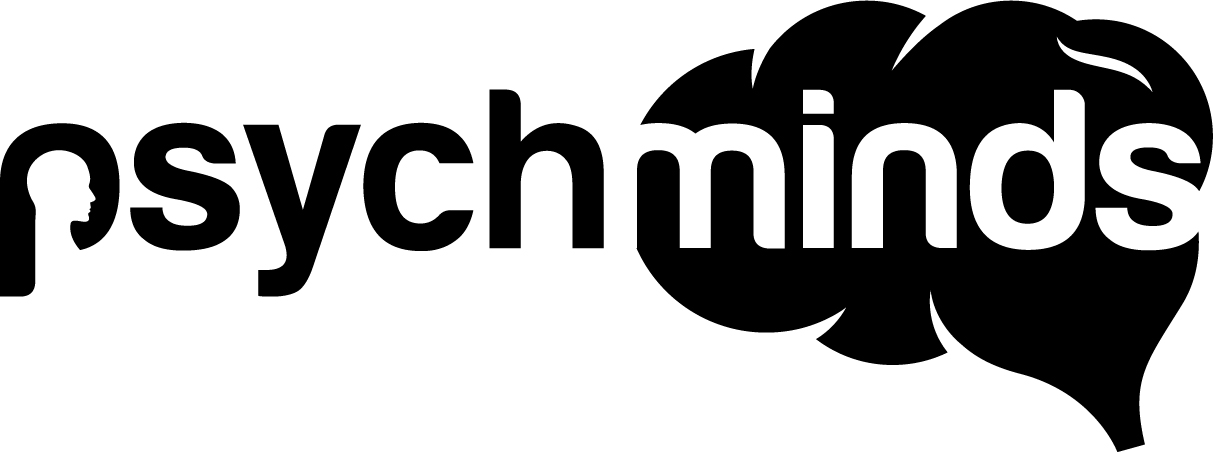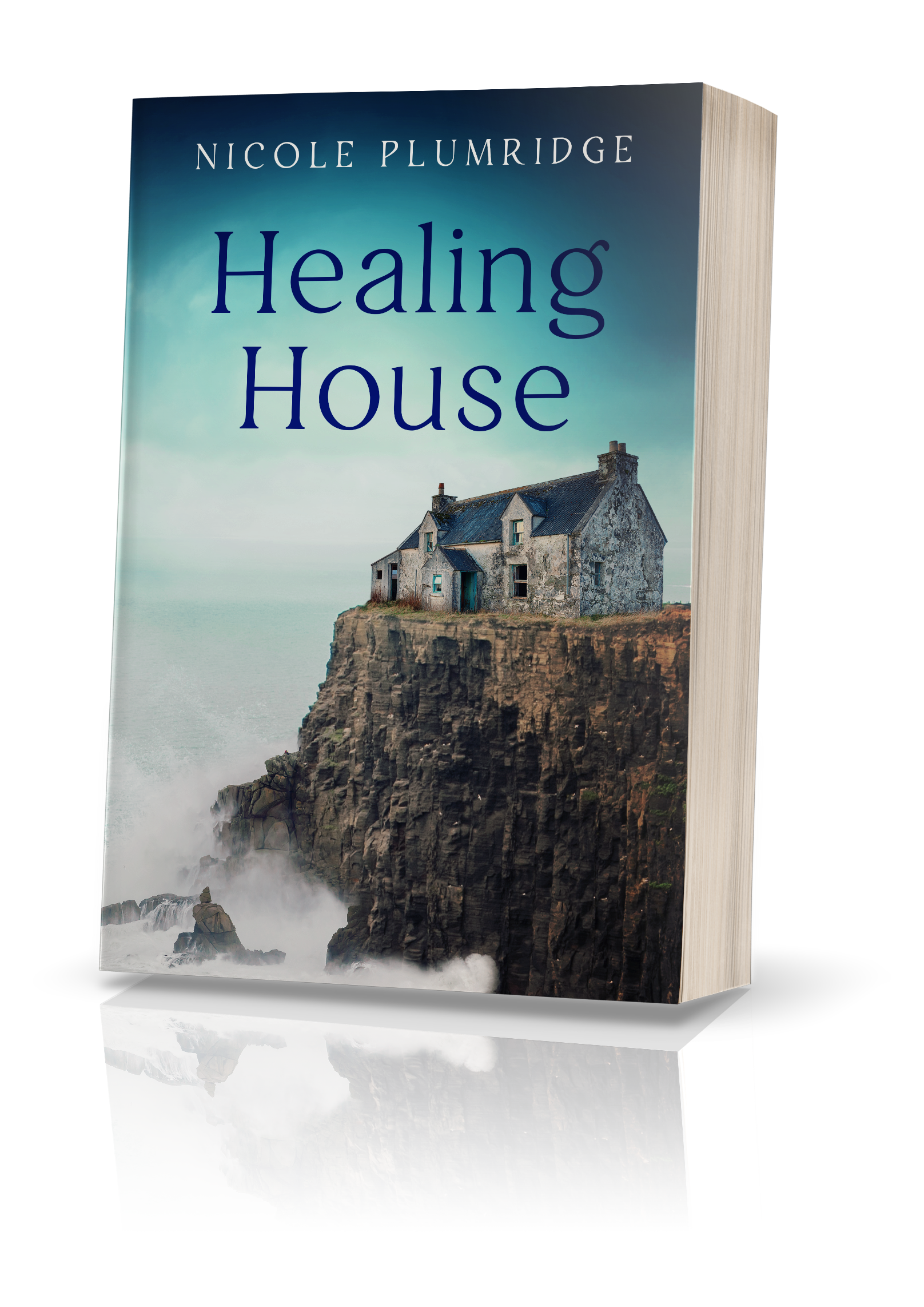We’ve all been there. We’ve all done it. As we drift around the stores in the mall, something catches our eye. We saunter over; examine the handbag, dress, pair of jeans, whatever it may be. We can imagine ourselves wearing it, holding it, showing it off. And suddenly, even though we hadn’t even thought we needed the item in question, we’ve just got to have it. That’s the impulse buy.
Rook (1987) explains impulse purchasing as follows, “impulse buying occurs when a consumer experiences a sudden, often powerful and persistent urge to buy something immediately. The impulse to buy is hedonically complex and may stimulate emotional conflict. Also, impulse buying is prone to occur with diminished regard for its consequences.” The majority of consumers have engaged in this type of behavior at some point. Some people, however, do it more often than others. There are personality traits that can predict which people are more likely to buy impulsively. Individuals who score higher with regards to impulsive behavior also tend to be more social and are more status and image concerned than those who do not score as highly. Research also shows that those with impulsive traits tend to be linked with higher scores of anxiety and unhappiness. Therefore, it is possible that such individuals feel the need to buy in order to look good in front of others and to improve their mood. There’s even a word for it, retail therapy. However, impulse buys are only a temporary fix which can have negative side effects. Impulse shopping can turn into a full blown addiction. As a result of an impulse buy, individuals tend to feel a rush of dopamine, which comes from the reward centre in the brain. Gradually, due to tolerance, one will need to spend more and buy more things in order to get that same rush. This makes shopping an entirely emotional, illogical process.
Factors encouraging impulse buying
Marketers and advertisers love the impulse buyer! They do all they can to manipulate the consumer into believing that by buying a product, he/she will be a happier, more complete, worthy person. There are many techniques they use to get us all to spend, spend, spend! They associate positive emotions with products through advertising. They make us believe that we will be left out of our social groups if we do not move with the trends and buy the latest products, accessories, items or gadgets.
The organization of shopping malls is also cleverly constructed to get crowds in and keep them there. Rarely do shopping malls have windows or clocks which results in a distorted perception of time. Malls are also spacious, have harsh lighting and hard floors. They can also be very noisy. These factors make individuals feel unconsciously uncomfortable and drive them into the comfort of the smaller stores within the mall, which are designed in a more aesthetic way encouraging those who enter to stay in and spend! Usually when people enter stores, they turn right, according to research. It is therefore no surprise that bargain buckets and special deals are placed on that side.
Moreover, malls are getting more and more expansive and it is easy to find oneself lost. This keeps people looking around and more importantly, keeps them buying! The manikins themselves are great marketing techniques. Clothed in trousers, shirts, jewelry, laden with a handbag, they show you products in combination. If an individual buys a certain shirt, then he or she should also buy the necklace to match. No longer are people looking at individual products but a whole set of coordinated ones!
Online Vs. Offline Shopping
With changes in technology, the shopping experience is also changing. As we shift to digital platforms where items are just a scroll and click away, it is easy to continue adding to cart, without noticing the numbers adding up. More comparative research needs to be conducted in this area, examining the likelihood of impulse buying in traditional stores vs. online. There are several factors which could increase the likelihood of impulse buying online such as the fact that online stores are open 24/7. There is no commute to reach the stores as well as no heavy bags to carry. Online platforms are not confined by space and can therefore offer a wider variety of choices for the consumer than traditional stores. Research shows that individuals are more susceptible to online campaigns as well as heavily influenced by social media outlets, such as Facebook and Instagram, which can encourage impulse buying. Moreover, credit cards are essentially the main form of payment which also increases the likelihood of buying impulsively.
Nevertheless, there are ways to combat impulse buying online. Research shows that individuals may actually be more informed and less impulsive consumers when making purchases online due to the fact that the effort involved in researching alternatives as well as weighing the pro’s and con’s of the product in question are easier online. In physical stores, the effort involved in making comparisons could involve walking from one shop to another while carrying heavy bags, which ultimately could discourage this behavior. Moreover, impulse buying is strongly tied to the emotions and sensory stimulation (how items look/feel/smell/taste). The lack of sensory output online could be a mitigating factor when it comes to impulse buying online.
Tips on how to resist the impulse buy
In order to resist the impulse buy, individuals need to become smarter consumers. Below are several important points that could help prevent the next impulse purchase:
- Write up a shopping list of things you need or plan to buy and stick to it. This is a sure safeguard against impulse buys.
- Create a stable spending budget on a weekly/monthly/yearly basis. Ensure to refer to and update this often.
- Ask yourself questions before making an unplanned purchase, such as “Do I really need this?” “What will I use it for?” “Will I regret this later?”
- Make a set of rules for yourself. For example, use your card for planned purchases but only cash for impulse purchases. This will increase the response effort required to buy impulsively and may curb that habit. (This will only work in traditional stores)
- Particularly when shopping on online platforms, ensure to research alternatives and weigh the pro’s and con’s of the product. Research comments/testimonials regarding the product to ensure you are making a more informed/logical choice as opposed to an impulsive, emotional one.
Sadly many people believe that the accumulation of materials goods is equivalent and proof of happiness. With the production of consumer goods on the rise as well as the increase in influencers, advertising agencies and inundation of temptation from multiple media outlets, consumers need to savvy up and decide what it is they really want. Consumers need to consider how they want to manage their finances in a way that is conducive to their overall well-being as opposed to giving in to the fleeting sensation instant gratification produces in the moment.
References:
Abchungrybeast. (May 12, 2011). How Shopping Malls Make You Buy. Retrieved May 22, 2013 from https://www.youtube.com/watch?v=3SuC6FcTfnU
Graves, P. (March 19, 2013). Five Reasons We Impulse Buy. Psychology Today. Retrieved May 22, 2013, from http://www.psychologytoday.com/blog/consumer-behavior/201303/five-reasons-we-impulse-buy
Greer, G. (1999). The Whole Woman. UK: Black Swan.
Loewen, C., S. (n.d.). Psychology of Impulse Shopping. Health Guidance. Retrieved May 22, 2013, from http://www.healthguidance.org/entry/15856/1/Psychology-of-Impulse-Shopping.html
Zimmerman, I. (July 18, 2012). Sold? Psychology Today. Retrieved May 22, 2013, from http://www.psychologytoday.com/blog/sold/201207/what-motivates-impulse-buying
KASIA. (February 5, 2012). Where to shop in Sydney. Retrieved May 23, 2013, from http://nothingtowhere.com/tag/sydney-shopping-guide/
Rook, D.W. (1987), “The buying impulse”, Journal of Consumer Research, Vol. 14 No. 2, pp. 189-199.
Rook, D.W. and Fisher, R.J. (1995), “Normative influences on impulsive buying behavior”, Journal of Consumer Research, Vol. 22 No. 3, pp. 305-313.
Rook, D.W. and Hoch, S. (1985), “Consuming impulses”, Advances in Consumer Research, Vol. 12, pp. 23-27.
Aragoncillo, L. and Orus, C. (2018), “Impulse buying behaviour: an online-offline comparative and the impact of social media”, Spanish Journal of Marketing – ESIC, Vol. 22 No. 1, pp. 42-62. https://doi.org/10.1108/SJME-03-2018-007
Image Credit: https://blog.marketo.com/2014/05/just-bought-marketing-automation.html/excited-shopping-woman















